Are you a literature enthusiast? Here are the best language and literature museums in Lower Saxony
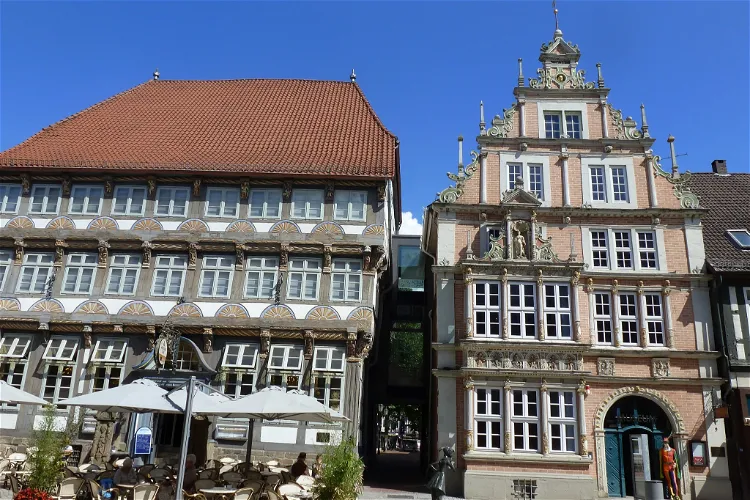
Museum Hameln
HamelinThe Museum Hameln is situated in two significant buildings from the Weser Renaissance period in the historic old town of Hamelin, the Leisthaus and the neighbouring Stiftsherrenhaus. These buildings are not only important for their architectural value but also for the rich history they hold within their walls. Visitors can explore the museum's extensive collection that tells the story of the city and its surrounding region.
Till Eulenspiegel Museum
SchöppenstedtThe Till-Eulenspiegel-Museum Schöppenstedt is a regional museum located in Lower Saxony, Germany. It pays homage to the medieval jester Till Eulenspiegel, who is believed to have been born in Kneitlingen am Elm around 1300. The museum provides a deep dive into the life and times of this historical figure, making it a fascinating destination for those interested in history and folklore.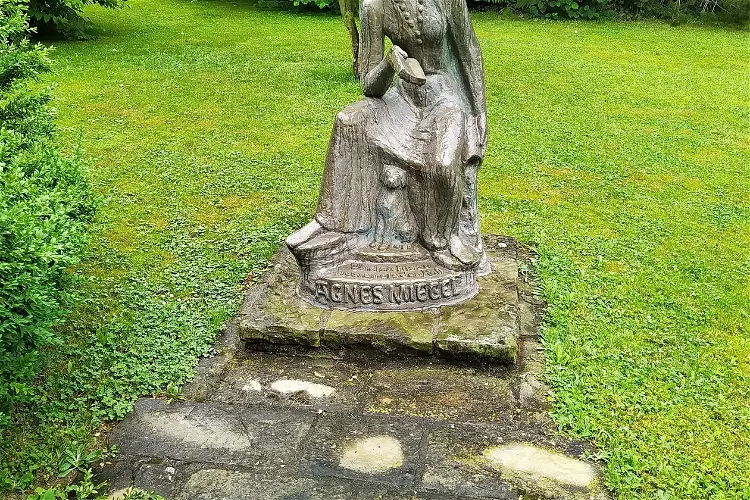
Agnes-Miegel-Haus
Bad NenndorfThe Agnes-Miegel-Haus in Bad Nenndorf served as the home of the renowned writer Agnes Miegel from 1953 to 1964. Today, it has been transformed into a literature museum that pays tribute to the life and works of the author. Visitors can explore the house where Miegel lived and created numerous poems and stories, gaining a unique insight into her life and creative process.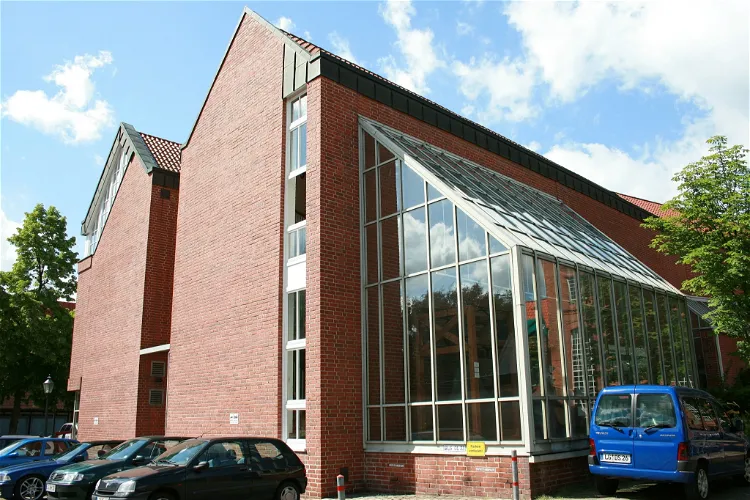
East Prussian Regional Museum
LüneburgThe East Prussian Regional Museum, located in Lüneburg, Lower Saxony in Germany, was established in 1987. This museum is a significant cultural institution that provides insights into the history, art, and culture of the former German province of East Prussia.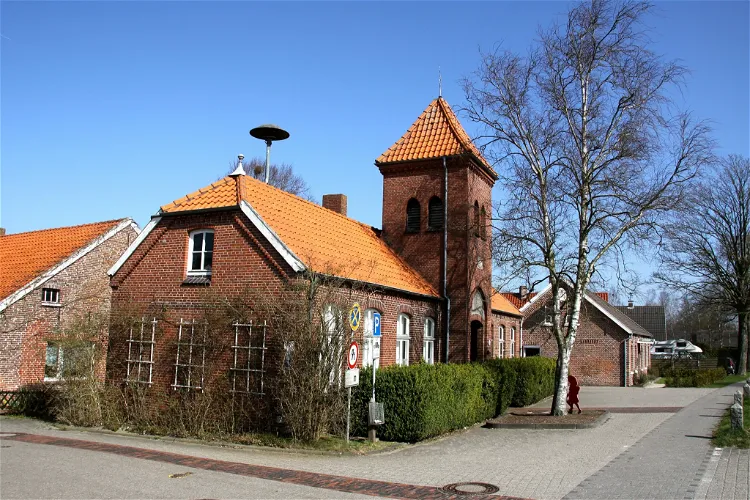
Ostfriesisches Schulmuseum Folmhusen
FolmhusenThe Ostfriesisches Schulmuseum Folmhusen is situated in the municipality of Westoverledingen, in the region of East Frisia. This location is easily accessible and offers a unique insight into the history of schooling and childhood in the region.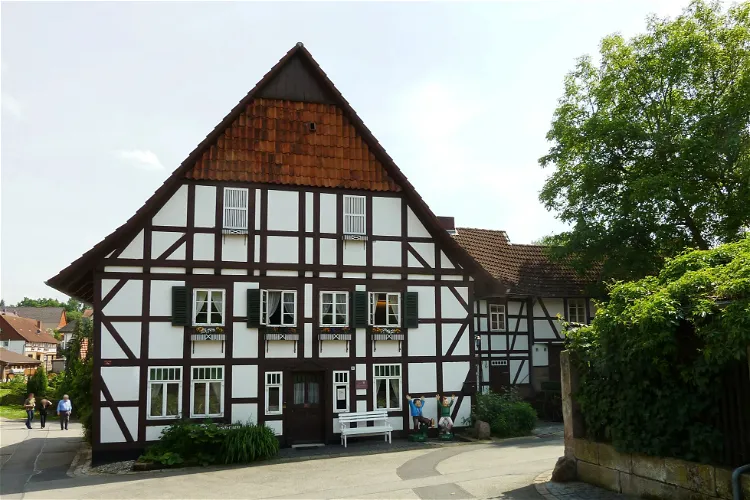
Wilhelm-Busch-Mühle
EbergötzenThe Wilhelm-Busch-Mühle, also known as the Max-und-Moritz-Mühle, is a historic watermill located in Ebergötzen, in the Göttingen district. Since 1977, it has been functioning as a memorial site for Wilhelm Busch, a renowned poet, painter, and illustrator, and also as a mill museum. The museum offers a glimpse into the life and work of Wilhelm Busch, the old milling technique at the running grain mill, the history of the building, and rural life in the 19th century.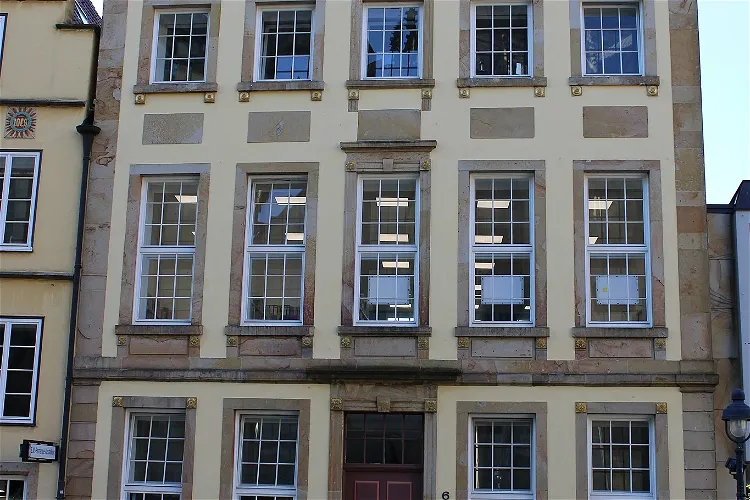
Erich Maria Remarque-Friedenszentrum
OsnabrückThe Erich Maria Remarque Peace Centre is home to the Erich Maria Remarque Archive and a permanent exhibition that provides a comprehensive insight into the life and work of Erich Maria Remarque. The exhibition features audio and film documents, as well as educational elaboration of the theme, not only highlighting biographical and literary aspects of Remarque's life, but also aspects of 20th century German history.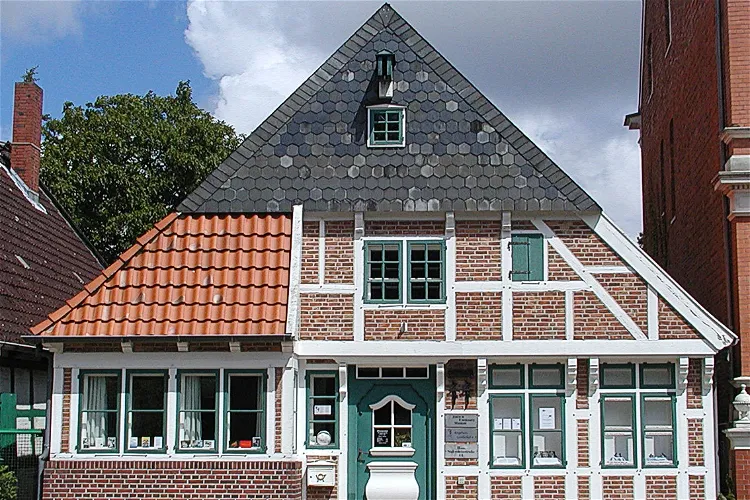
Joachim-Ringelnatz-Museum
CuxhavenThe Joachim-Ringelnatz-Museum is housed in a historic half-timbered building located in Südersteinstraße, directly opposite Schloss Ritzebüttel. This location adds to the charm and historical significance of the museum, making it a unique destination for tourists.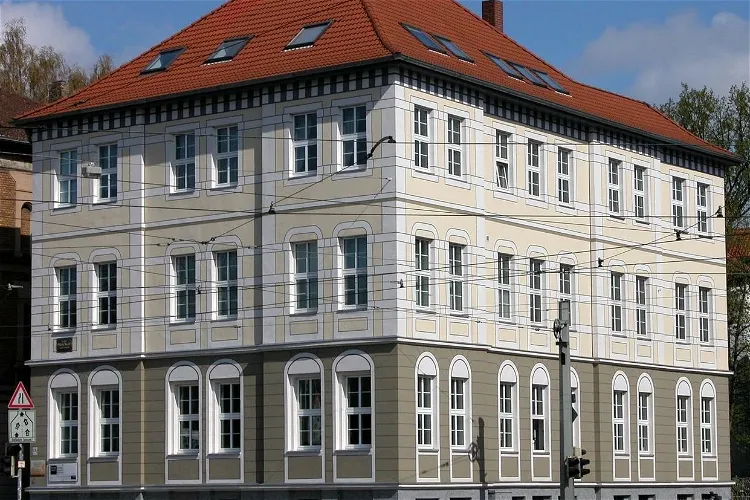
Museum Raabe-Haus
EschershausenThe Raabe-Haus is a significant historical site in Braunschweig. It was the residence of the renowned writer Wilhelm Raabe from 1901 until his death in 1910. This period was a prolific one for Raabe, with many of his famous works being written here. The house now serves as a testament to his life and work.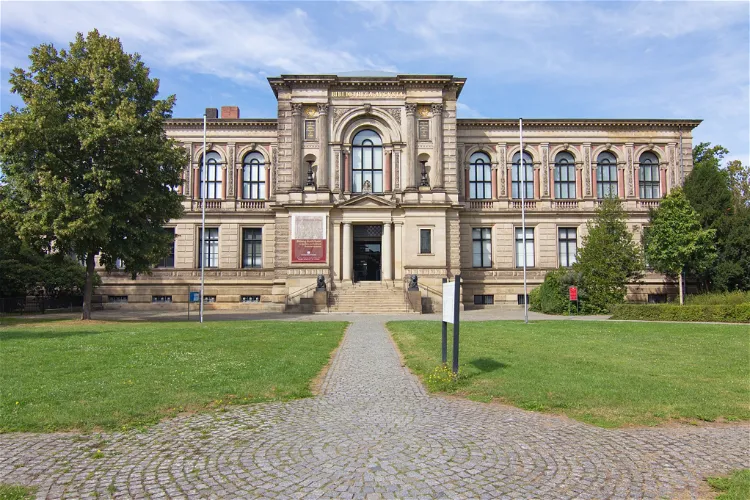
Herzog August Library
WolfenbüttelThe Herzog August Library, also known as Bibliotheca Augusta, is located in Wolfenbüttel, Lower Saxony. This library holds international significance due to its extensive collection of works from the Middle Ages and early modern Europe. It is a place where history and literature intertwine, offering a unique insight into the past.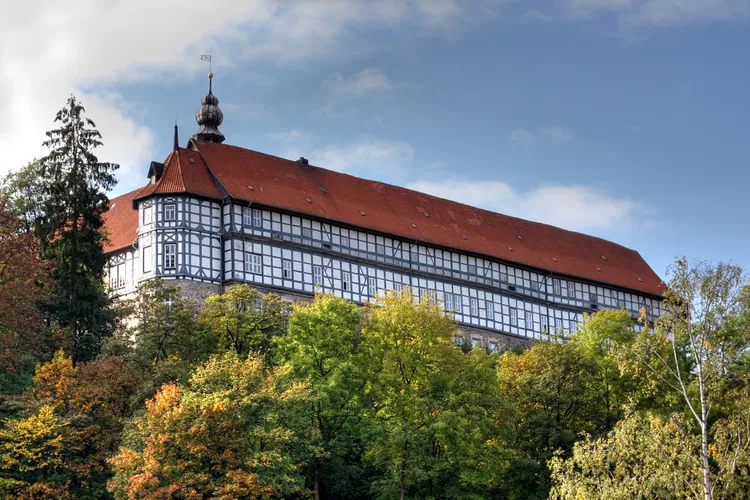
Herzberg Castle
HerzbergHerzberg Castle, situated in Herzberg am Harz, in the district of Osterode am Harz, Lower Saxony, Germany, is a significant historical site. The castle, originally a fortress in the 11th century, has been reconstructed after a major fire in 1510. Today, it consists of four wings and is the largest timber-framed castle in Lower Saxony.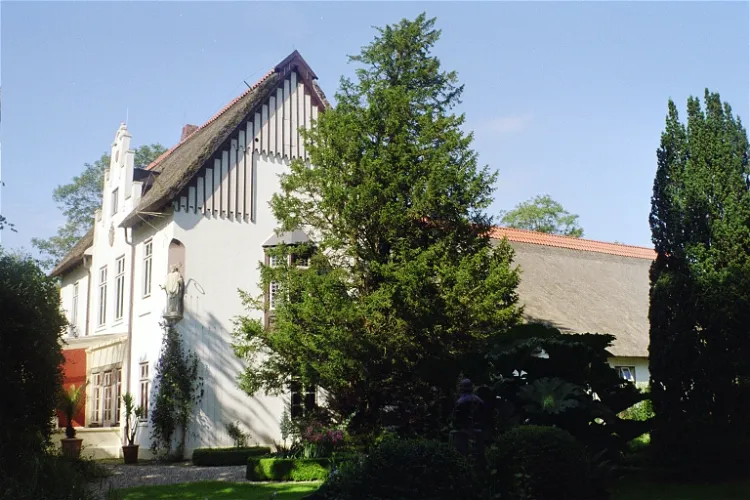
Hermann-Allmers-Haus
Hagen im BremischenAs of 2024, the Allmers-Haus complex is being used for museum and cultural purposes, under the supervision of the Hermann-Allmers-Gesellschaft. The buildings are protected as historical monuments, ensuring their preservation for future generations. Visitors can explore the museum and participate in cultural events, immersing themselves in the rich history and culture of the region.
Hoffmann-von-Fallersleben-Museum
WolfsburgThe Hoffmann-von-Fallersleben-Museum is situated in the district of Fallersleben in Wolfsburg. It is one of the two historical museums in the city, offering a deep dive into the life and works of August Heinrich Hoffmann von Fallersleben, a renowned German author and scientist.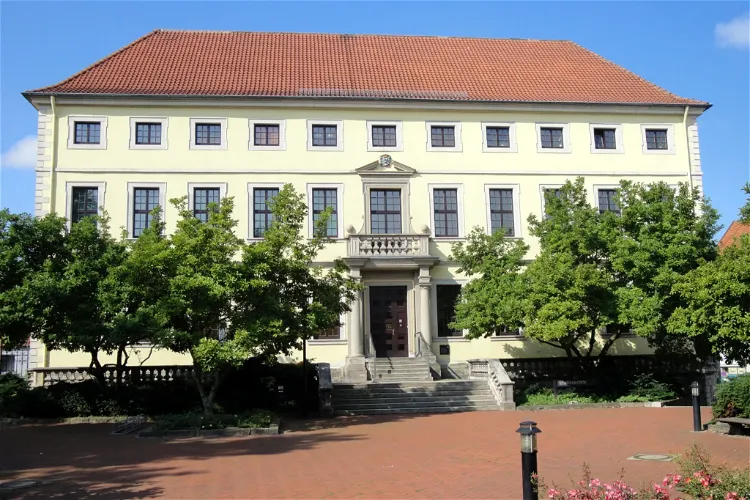
Stadtarchiv
HildesheimThe Stadtarchiv Hildesheim preserves records about the history of the city of Hildesheim. These records are available for city history, local history or genealogical research. This makes it a valuable resource for anyone interested in learning more about the city's past, its people, and its culture.
Oldenburger Kunstverein
OldenburgThe Oldenburger Kunstverein in Oldenburg, which was established in 1843, holds the distinction of being one of the oldest art associations in Germany. This historical significance adds a unique charm to the institution, making it a point of interest for tourists who appreciate art and history.